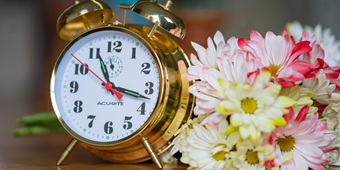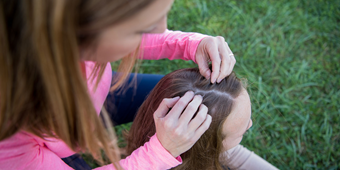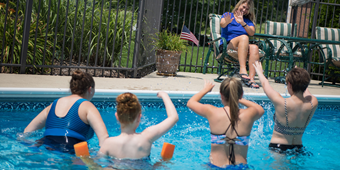Even Non-Athletes Get Athlete’s Foot
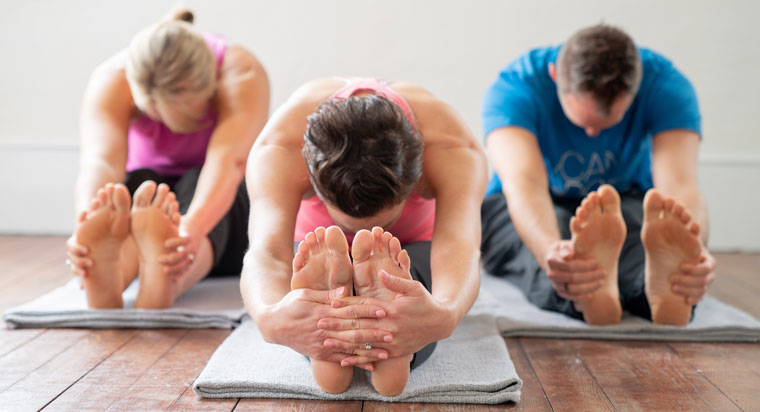
Find Your Perfect Match
Answer a few questions and we'll provide you with a list of primary care providers that best fit your needs.
Even if your involvement in sports is limited to sitting in the stands cheering for your favorite team, you can still wind up with athlete’s foot.
This bothersome rash, also called tinea pedis, is the most common of fungal foot infections. You can pick it up by touching the feet of someone who is infected or by walking barefoot on surfaces that have been contaminated by others, as in locker rooms or around swimming pools. Once on your foot, the athlete’s foot fungus flourishes in the warm, moist, dark confines of your socks and shoes.
What Are the Symptoms Of Athlete’s Foot?
Symptoms of athlete’s foot typically include itching, burning, and cracked, scaly skin between your toes or on the soles of your feet. More advanced cases can include inflammation, blistering, and, eventually, thickening or crumbling of toenails.
However, not every skin-related problem on the foot is a result of athlete’s foot. Conditions such as psoriasis or eczema can sometimes look like athlete’s foot. Your health care provider can help determine whether you have athlete’s foot or something else and prescribe an appropriate course of treatment.
Once on your foot, the athlete’s foot fungus flourishes in the warm, moist, dark confines of your socks and shoes.
Treatment And Prevention Of Athlete’s Foot
Mild cases of athlete’s foot can often be treated successfully with over-the-counter antifungal creams. More severe infections can be brought under control by prescription medicines, including topical creams and oral antifungal drugs.
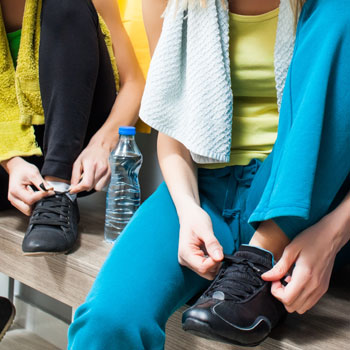 The best way to deal with athlete’s foot is to practice good foot hygiene that can help keep you from contracting the fungus in the first place. Doctors recommend the following precautions:
The best way to deal with athlete’s foot is to practice good foot hygiene that can help keep you from contracting the fungus in the first place. Doctors recommend the following precautions:
- Avoid walking barefoot in damp areas (showers, pools, locker rooms) where athlete’s foot fungus thrives. Wear flip-flops, even in showers.
- Keep your feet cool, clean, and dry, as much as possible. If your feet are sweaty, change your socks in the middle of the day. Talcum powder may help reduce the sweating.
- Wash your feet every day and dry them completely before putting on a fresh pair of socks (preferably socks made of natural fiber or synthetic fabric that wicks moisture away from your feet).
- Trim and clean your toenails regularly.
- Alternate the shoes you wear each day to help make sure you’ll always have a nice, dry pair to put on.
Find Your Perfect Match
Answer a few questions and we'll provide you with a list of primary care providers that best fit your needs.
Source: American Academy of Dermatology; American College of Foot and Ankle Surgeons; American Podiatric Medical Association; Healthwise, Athlete’s Foot, 4/1/2019


